
Miramichi Fall Salmon Fishing
This blog entry in Brad Burns Fishing is the final installment of a four part series on the spring, early summer, mid-summer, and autumn seasons for salmon fishing on the Miramichi River. I hope that you have enjoyed them. The others are right here, accessible just by scrolling down the blog page of this website.
Special Alert – today, 2/26/2016 in a nearly unprecedented event the ice went out of the Miramichi and the Cains Rivers. Whether or not it will refreeze is unknown, but the water is high and the season is late. Those with historical local knowledge think it unlikely.
A River of Natural Abundance
The warm summer of central New Brunswick can be problematic for Atlantic salmon. On the other hand, as long as the heat doesn’t get out of hand there are advantages. Due to the warm water and abundant insect life parr grow to smolt size in two years on the Main SW Miramichi, and just three years on the NW branch. Compare this to 5 to7 years up north on Ungava’s George River. Due to natural mortality, each year in the wild cuts down substantially on the volume of surviving parr, and therefore more eggs are required to finally send each smolt to the ocean from rivers that are colder. Because of its excellent ability to grow parr quickly the Miramichi has a much larger run of salmon than any other river in Atlantic Canada. Second, the warm summer water temps stop many salmon from making their spawning run until waters cool in the fall. This lengthens out the season and provides fishing into the middle of October for guys like me who just can’t get enough. If you love the cool, sometimes stormy days of autumn, days when we fish in a virtual kaleidoscope of color and invigorating crisp air then fall fishing on the Miramichi may also be for you.
There is no question that these fish are not the fighting equal of June’s silver bullets. The fall salmon have probably gone longer without food, and are further along in the process of focusing their entire body mass on the purpose of delivering eggs and milt to the streambed. Percy Nobbs looked down his nose at what he called the “…late gravid fish…” while at the same time acknowledging that it was sometimes hard to exaggerate their numbers in the Miramichi. The frequent presence of sea lice on these fish tells us that many are coming directly into the river out of saltwater – rather than after wasting away all summer in a luke-warm river holding pool. We’ve caught fall salmon on the Cains River more than 40 miles above tidewater within three days of being tagged at Millerton, and still carrying sea lice. Many of these fish are terrific fighters. I think of a cockfish that I caught in September of 2015 that fought as well as any salmon I’ve ever had on the line – scroll down to the September 20th blog entry to read more about this fish! Personally I’ve come to simply appreciate the fall fish as just another great phase of the Miramichi’s full complement of seasons.
Timing the Fall Run
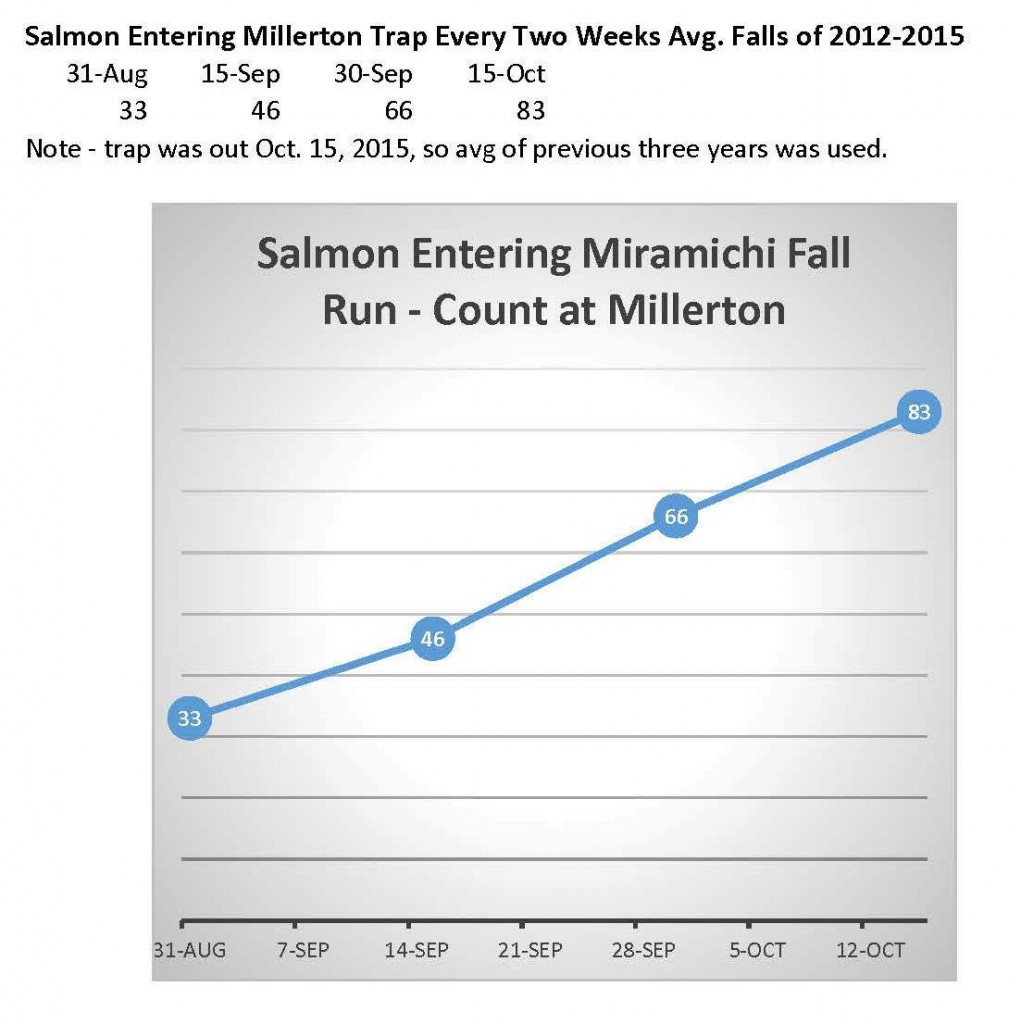 If you look at the graph showing the number of salmon – not counting grilse – coming into the Millerton fish trap located a few miles down from the head of tide, you will see that on average the fall run begins quite distinctly during the second week in September. Note that these numbers need to be multiplied by about 17 to reflect the approximately 6% catch rate of the trap. In the average year the run builds weekly through September, and peaks the first week in October. New fish are still entering the river when the season ends on October 15. In fact, many Miramichi area residents claim that there is a run that comes in late October or early November. Currently there are no hard facts to verify that since the Millerton trap net is taken out right after the season ends. Fishery managers are planning on soon installing camera-type fish counters on the Miramichi, and with that technology we may learn much more than we know now of the movements of fish within the system.
If you look at the graph showing the number of salmon – not counting grilse – coming into the Millerton fish trap located a few miles down from the head of tide, you will see that on average the fall run begins quite distinctly during the second week in September. Note that these numbers need to be multiplied by about 17 to reflect the approximately 6% catch rate of the trap. In the average year the run builds weekly through September, and peaks the first week in October. New fish are still entering the river when the season ends on October 15. In fact, many Miramichi area residents claim that there is a run that comes in late October or early November. Currently there are no hard facts to verify that since the Millerton trap net is taken out right after the season ends. Fishery managers are planning on soon installing camera-type fish counters on the Miramichi, and with that technology we may learn much more than we know now of the movements of fish within the system.
Flies and Tackle During the Early Fall
Fishermen coming to the Miramichi in the early fall need to be ready for almost anything. The river can be very low, especially during September. It is not likely that it will be too warm for fishing, but warm or cold in the low water of early fall, small flies are the order of the day. This is the time of the year for small, black, hair-wing patterns like the black bear, undertaker, black ghost and same thing Murray. Green machines and butterflies are also very productive. A #6 is a fairly large fly for this period and could work well in the rain or on a dark windy day. A #8 or even #10 are more likely. While the water is low and still moderately warm – say above 55 or so – the bomber can be very effective. One time a few years back, during the third week of September, I rolled a nice salmon beside a big rock over on the Keenan Side of Campbell’s Pool. I tried the fish several times and soon it was, as Jason Curtis would say, “rolled out” and no longer showed any interest. I rested the fish for a few minutes while I clipped off my wet fly and tied on a #4 bomber. In a very few casts I hooked and eventually landed two, nice, mid-teen size salmon from lies beside that rock and only four or five feet apart. I know of no special color for fall use bombers. The traditional natural deer hair body with brown or brown and orange hackle and white tail and wings is always a good place to start.
Fall, especially mid to late September, often has the lowest water of the year. I enjoy getting close to the fish in what becomes a smaller more intimate river. I’ll often do my fishing under these conditions with a 7-weight single handed rod, long leaders down to 6 pound test, and make short targeted casts to cover the fish that show repeatedly while holding in the pools.
Working these reluctant fall fish can be frustrating, but also very rewarding when you finally earn a good take. I often find that you can provoke a strike by stripping a fly directly across the stream in front of a fish that have shown interest, but not readily taken a swung fly. Because they are smaller and lighter, and the casting heads are much shorter and therefore easier to work back out after being stripped in close, the single-hand rod is easier to use when stripping flies. Using a single handed rod also allows for easily changing between bombers and wet flies. Personally I don’t like to fish bombers with a two-handed rod. Yes, it can certainly be done, but the presentations are likely to be more disruptive and less accurate than with the single-hander.
“You’ll Know When It Is Time”
Bill Ensor wrote those words in an Atlantic Salmon Journal article he authored about salmon flies maybe 15 years or so ago. He was talking about when to begin fishing the long bucktail patterns of the fall. For me that time starts when we get those cold, dark days that seem to constantly threaten rain, and when you look around and realize that summer is definitely over for another year. The fish are changing too. They darken in color, and the males develop their distinctive spawning kypes. We can never know exactly why fish do things, but it certainly appears that as spawning time approaches, salmon, both male and female, become more territorial and will sometimes give a good bite to intruders.
It is also true that at almost any time in the season a sizeable raise of water can dictate the use of large flies. The raise of water brings in fresh fish, and they are typically more aggressive than fish that have been holding for a while. A large, visible fly is very likely to be noticed and taken. Another thing that can turn the fish on to big flies is a strong wind that whips up waves on the Miramichi. People often despair when they see the pool in whitecaps, and it is true that fishing in a hard breeze is more difficult. But it can be very productive. I prefer that the cover comes from dark days and/or light rain, but I’ve made some great catches in wind-whipped water when the fish had been taking hard before the breeze came up.
In addition to using flies like the large, mobile-wing streamers tied in patterns like the Mickey Finn, Chief Needabeh, and Ally’s Shrimp, a presentation made on a sink-tip line can be the difference between getting a strike and getting nothing. Perhaps this is because the fly is just that much more in the face of these testy creatures.
One of the innovations of recent times that help with subsurface presentations are poly leaders. Rio makes these in lengths of 6, 10 and 15 feet, and they come in a number of sink rates that go from floating down to about 7 inches per second. Rio calls them Versileaders.  Unlike tips which are matched for the line weight of the body to which they are attached, poly leaders are actually tapered leaders of relatively light weight. They are designed for you to just attach a few feet of tippet material to the end and then add your fly.
Unlike tips which are matched for the line weight of the body to which they are attached, poly leaders are actually tapered leaders of relatively light weight. They are designed for you to just attach a few feet of tippet material to the end and then add your fly.
Most single handed rod fly lines end in a fairly fine taper and are not designed to have a weighted leader added to the end. There just isn’t enough power left in the taper to turn them over. I have found, though, that the 6-foot version works okay on single-handers if I am careful in my casting. By careful I mean you must have enough line speed and be trying to shoot a small enough amount of line, so that the energy makes it out to the end of the line to turn the leader over. The short poly leader becomes a decent sink tip that you can simply pull out of your pocket. Spey lines are different. Even the ones that are not designed for poly leaders will turn them over fairly well, and the Scandi type heads end rather bluntly and are made to use poly leaders with. Even then the 15-foot poly leaders can be tricky. The 10-foot will do just fine for most situations. Especially with a mend or two it is surprising how deep a presentation you can make with a fast-sinking 10-foot poly leader.
Action Moves to the Tribs
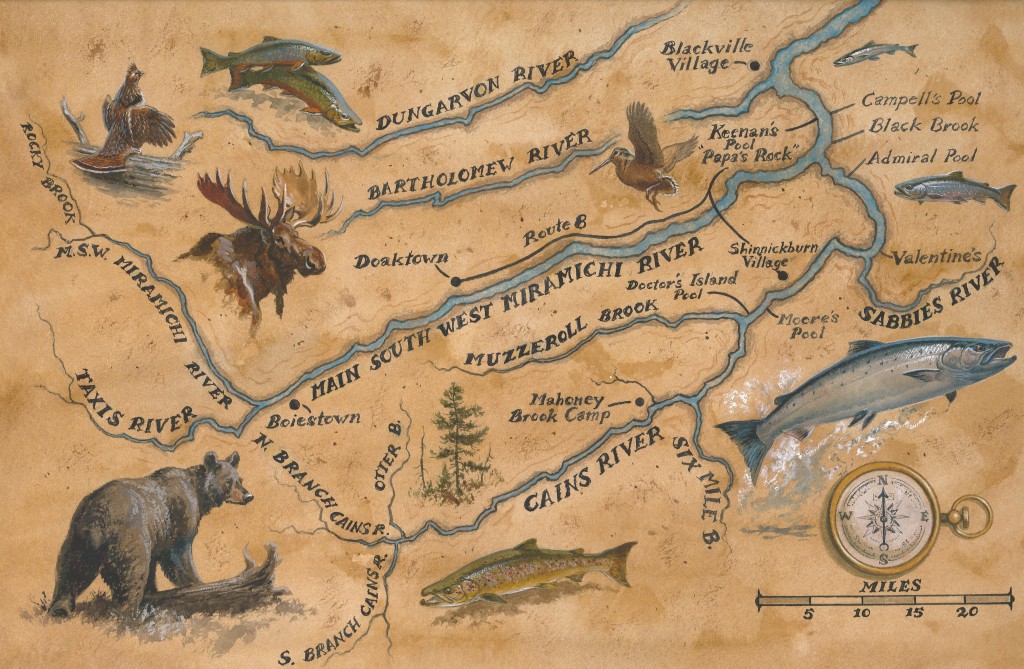
The Cains River lies south of the Miramichi, and runs almost all the way from outside of Fredericton to Blackville. This map is an illustration from Closing the Season.
While there can be terrific fishing in the main river during the fall, it is not unusual for the run of new arrivals to slow down some in the lower Main South West “MSW” Miramichi toward the middle of the first week in October. It can happen even earlier than that in autumns that have several large raises of water in September. Many of the fish, now already in fresh water head towards the spawning tributaries. Some of the rivers that run into Miramichi Bay are famous for their fishing right to the end of the October 15 season and beyond. Some rivers like the Bartibog actually run until October 30. So does the Tabusintac, which while not a tributary of the Miramichi is connected to it by adjoining bays down at their mouths. Up inside the MSW Miramichi the best-known tributary is the Cains River. The Cains is really a substantial river in its own right, and it runs along south of the Miramichi almost all the way from outside of Fredericton to Blackville.
For many years Miramichi outfitters ran cast and blast floats along the Cains. To a degree this is still done by individuals, solo guides, and from a number of outfitting lodges. Guides canoe the anglers down the river with fly rods and dogs, get out and fish the established public pools and hunt the prime woodcock covers. These trips are rare treats for the few sportsmen who get to experience them, and clearly they are a lot of work for the camps to undertake. It isn’t done to the extent that it once was, and spending the last days of the season on the Cains each year I can attest that very few canoes come by.
While salmon begin piling up in the lower few miles of the Cains in July, very few go much further upriver than the Mouth of Sabbies or Salmon Brook until the rains of fall assure them of a cool river that is deep enough to offer some protection. In the upper stretches, hauntingly beautiful and entirely remote pools that were essentially barren of fish in mid-September – except for parr and a few small trout – can hold good numbers of October salmon. Most of these pools are public though notoriously hard to get to. The better outfitters, though, all have access points to the river. And the Cains River salmon are just as big as any on the Miramichi – the river is known for them.
The Cains River fish are angled for in essentially the same way as fish on the main river. The water, though, is even more darkly colored from all the swampy ground and bogans up in the headwaters that are finally flushed out with the fall raises. The other condition of note is that most of the more successful Cains River pools are quite slow in terms of current speed. This isn’t universal, but the deeper spots that the Cains River salmon like to hold in during the fall, especially if the water is still on the low side, are not typically fast running.
We often have our best luck with at least moderately large flies. In the deep, slow pools flies with highly mobile wings like the marabou slime flies seem to have an edge. This material moves like a living thing at even the slowest retrieve rates. Historically successful color combinations of red and orange like the famous copper killer or Ally’s shrimp work very well as do fluorescent greens and purples. Let a little flashabou extend to just beyond the tips of the feathers or hair for some very enticing action on the fly. If you have showing fish, though, and they don’t want your big stuff, very slim or small flies can sometimes be very effective. Also, getting your presentation down a foot or two below the surface can make all the difference in the world.
The water is usually quite cold in October on the Cains, and with today’s requirements for barbless hooks that make releasing a very quick process, mortality is extremely low. Even so, it is now closing in on spawning time, and we don’t want to play these fish for extraordinarily long periods because of light tippets. Nor are light tippets needed in the tannic waters of the Cains. Unless the water is very low 12 or even 15 pound test tippets will work just fine, and they will give you a margin of safety in playing a big fish. We do very quickly lift an occasional fish out of the water for a photo, but if possible just slide that hook out while they are still in the net and spare them the stress of ever leaving the water.
About Closing the Season: Salmon Fishing In New Brunswick on the Miramichi and Cains Rivers
If you have not yet purchased a copy my book Closing the Season, you may wonder what exactly the book is all about. One of the things that I really wanted to write about was what it is like to spend an extended period of time in salmon camp during the closing weeks of the season. The winter before, when I decided to write the book, I made up a journal page that called for me to record the daily temperature, water height in the river, basic weather conditions, then the events of the day including fish catch, birds and wildlife seen, human interactions, and my own thoughts on any particular thing that might come to mind. Here is an excerpt you might enjoy:
“Counting today, we still have three more fishing days left. That’s three days of blueberry pancakes, bacon, and eggs fried in bacon fat; three days of evening cocktails and tasty, high-calorie hors d’oeuvres on the deck; three days nodding off in our chairs after dinner, watching a game on the television, then staggering upstairs to unheated bedrooms to sleep under a pile of wool blankets with the cold New Brunswick air pouring in through open windows.”
There is plenty written about fishing too. There are some things to fire you up for the coming season of salmon fishing, like this part about stumbling upon a school of salmon in the Wood’s Pool on the last day:
“Back at the top, I worked out the same amount of line and swung the big, wiggly streamer over the lies. Not far from where the grilse had taken 45 minutes ago, I felt the thud of what could only be a big heavy salmon. In a classic jump, heading slightly upstream but mostly just straight up out of the water, a hen salmon of approximately twenty pounds rose to the tip of her tail, and slowly sunk back in as she twisted and shook in the air.”
There’s a lot more to tell, but I don’t want to spoil the book for you. You can go to my website bradburnsfishing.com and get your own copy. I’ll be happy to write whatever inscription you want in it too. If you already have the book, maybe a friend has a birthday or some special time coming up. We have a little off season to endure yet, so you might as well get in a little fun reading!
Scotland
On March 5th a fishing buddy and I are headed for our annual trip to the River Naver in Scotland. This is as far north as you can go on the UK mainland. We usually catch a few beautiful salmon. Admittedly it is not fast fishing, but the fish you do get are really superior specimens, and where else can you go in March and catch a bright salmon? Besides that it is worth going for the comradery, to stay in the old Highland fishing hotels, to soak in the incredible views, and for the whisky. I usually come back with plenty of photos and a few stories to match. That will probably be my next blog entry. After that we’ll be getting ready for the first trip up to the Miramichi and the beginning of our North American salmon season.


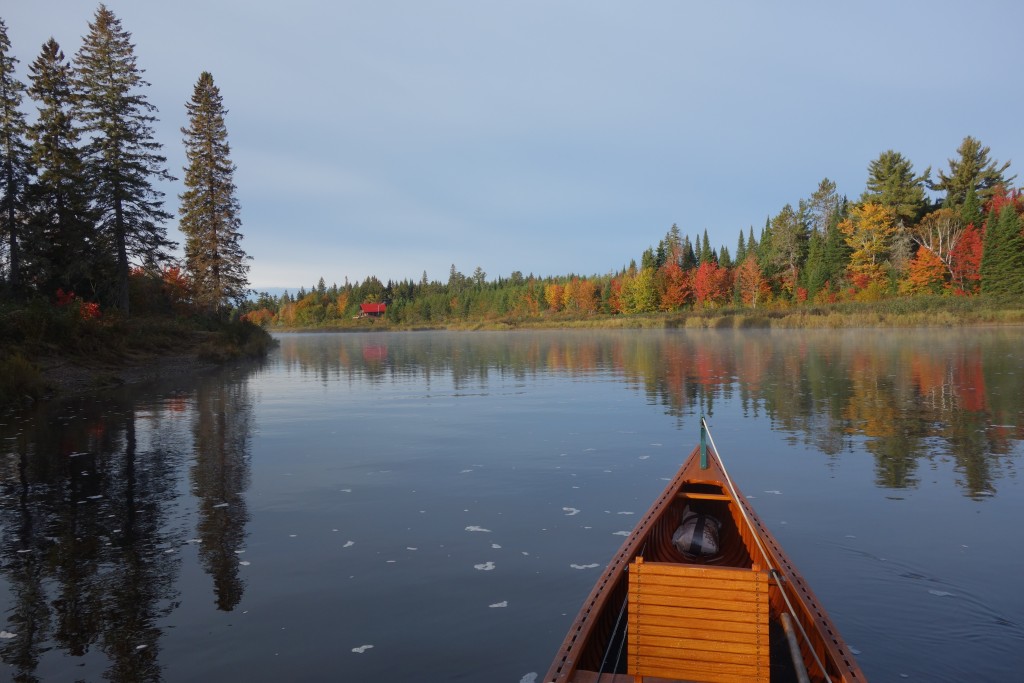
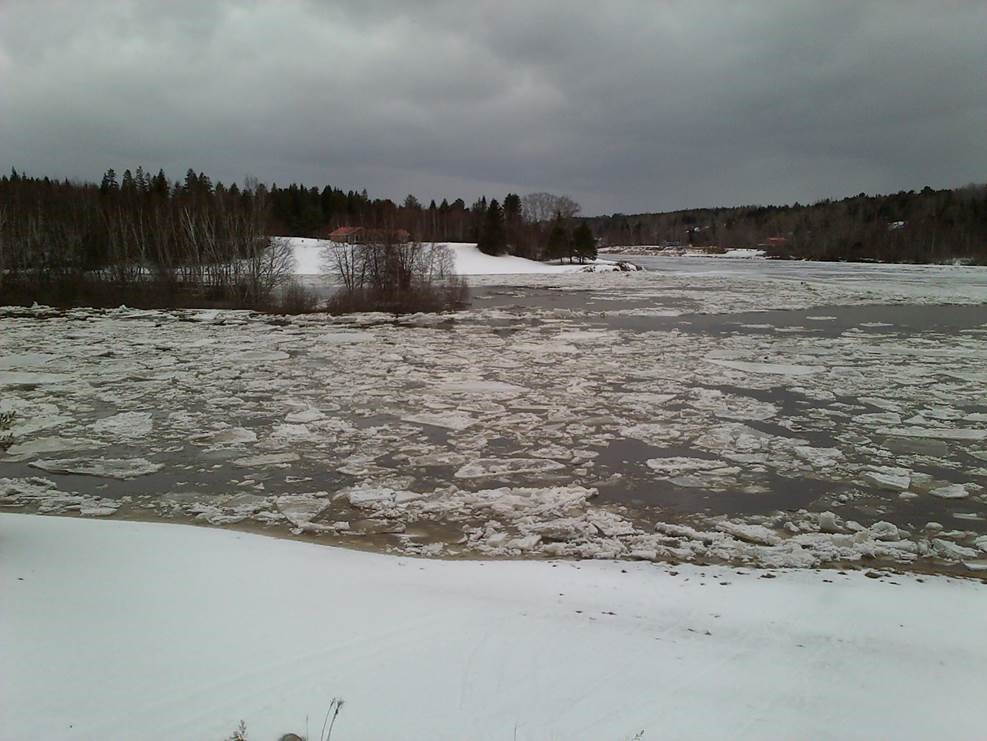
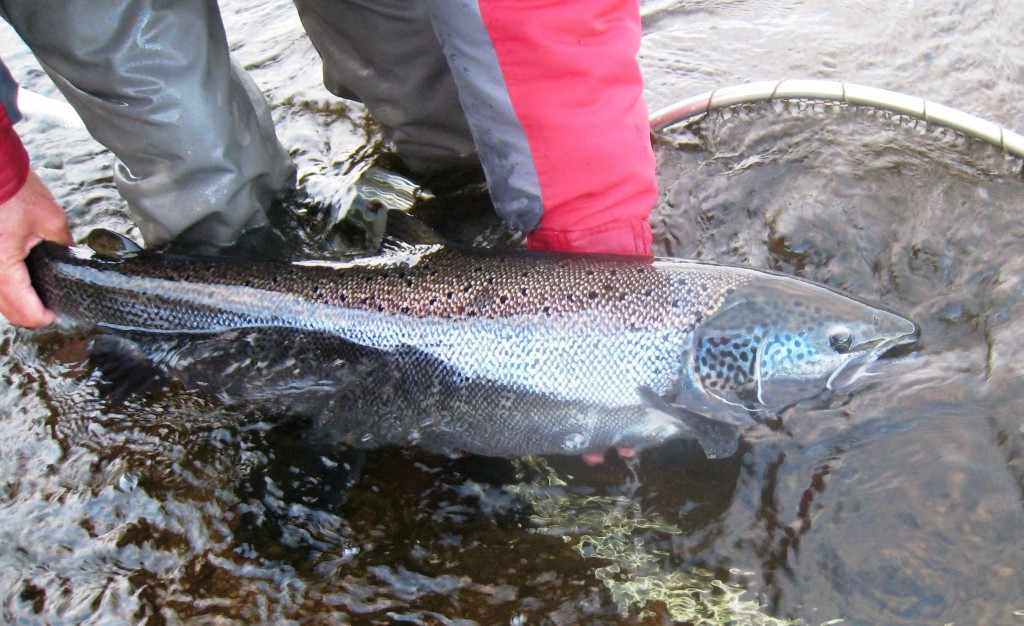
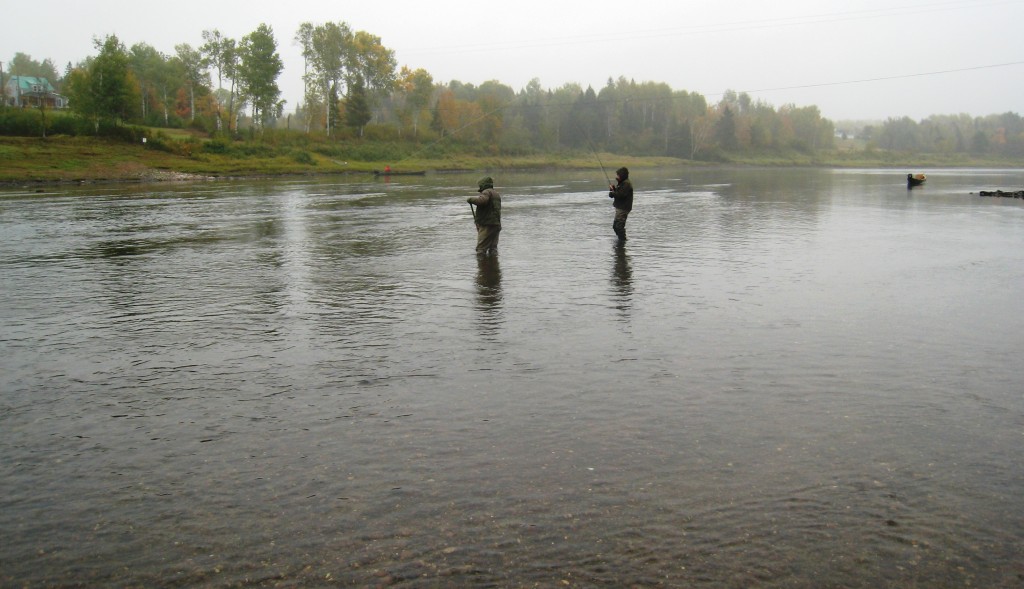
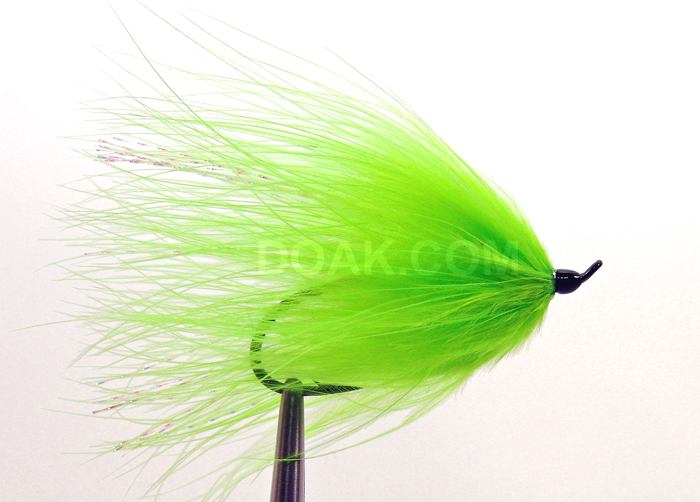
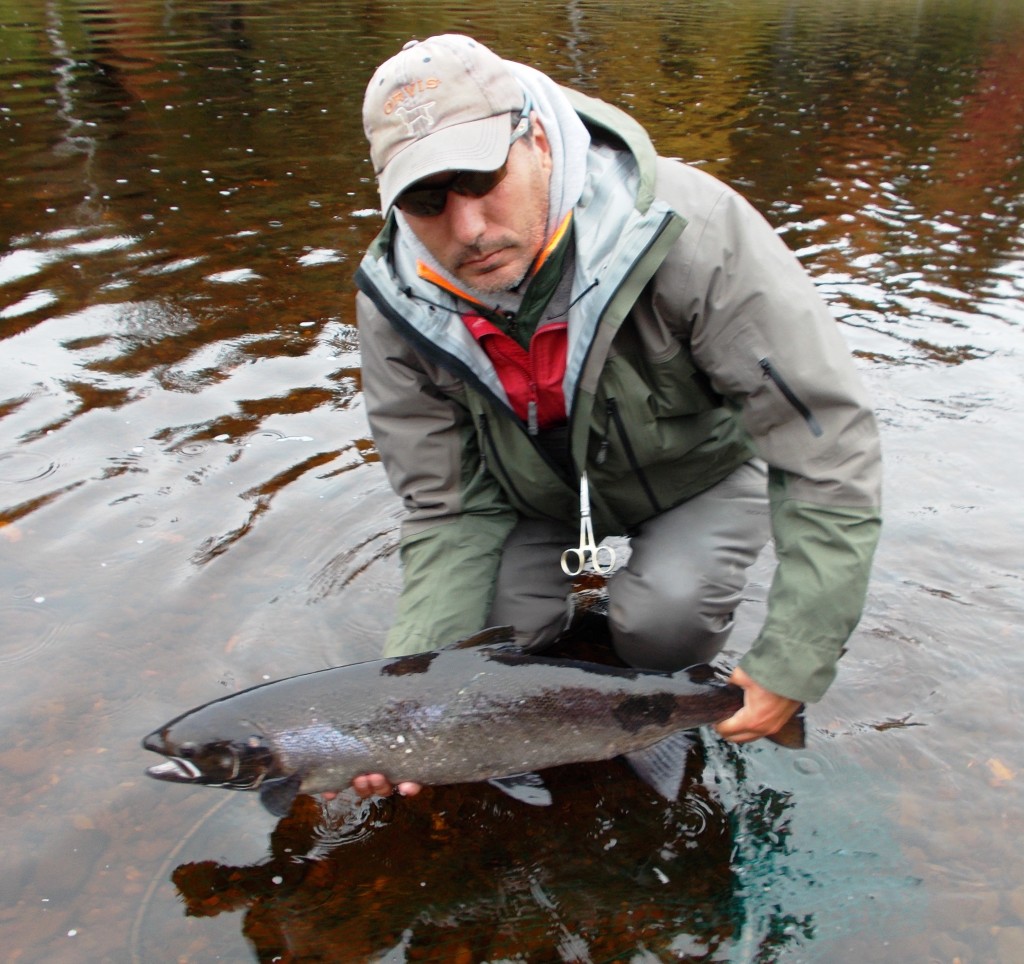
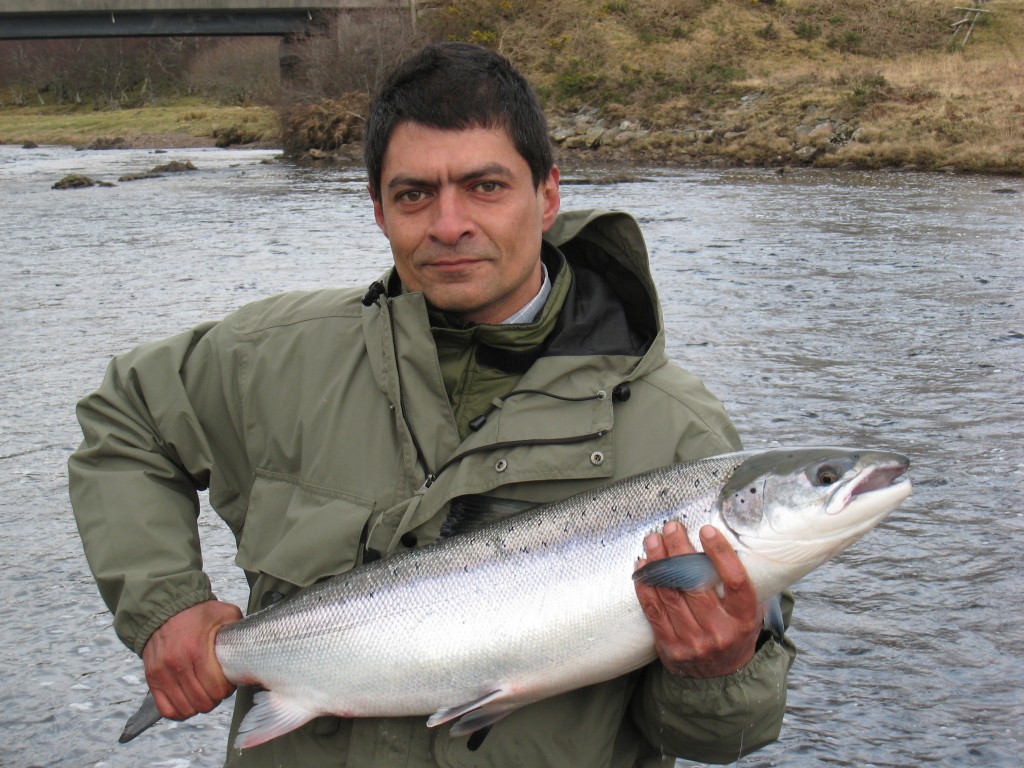
Hi Brad, I’m Manley Price’s wife. I just took up laser engraving as a hobby and am looking for a simple map of the Main SW Miramichi. There is one on your website that I may be able to use with software that converts it to black and white for laser engraving. I want to ask what the cost is to use the photo or if it’s even allowed. It says Rocky Brook around the top left and there is a compass at the bottom right. I would be putting the image on a wood plank.
If I can get it done, it will be a gift for Manley later in the year.
Thanks for any response,
Pat